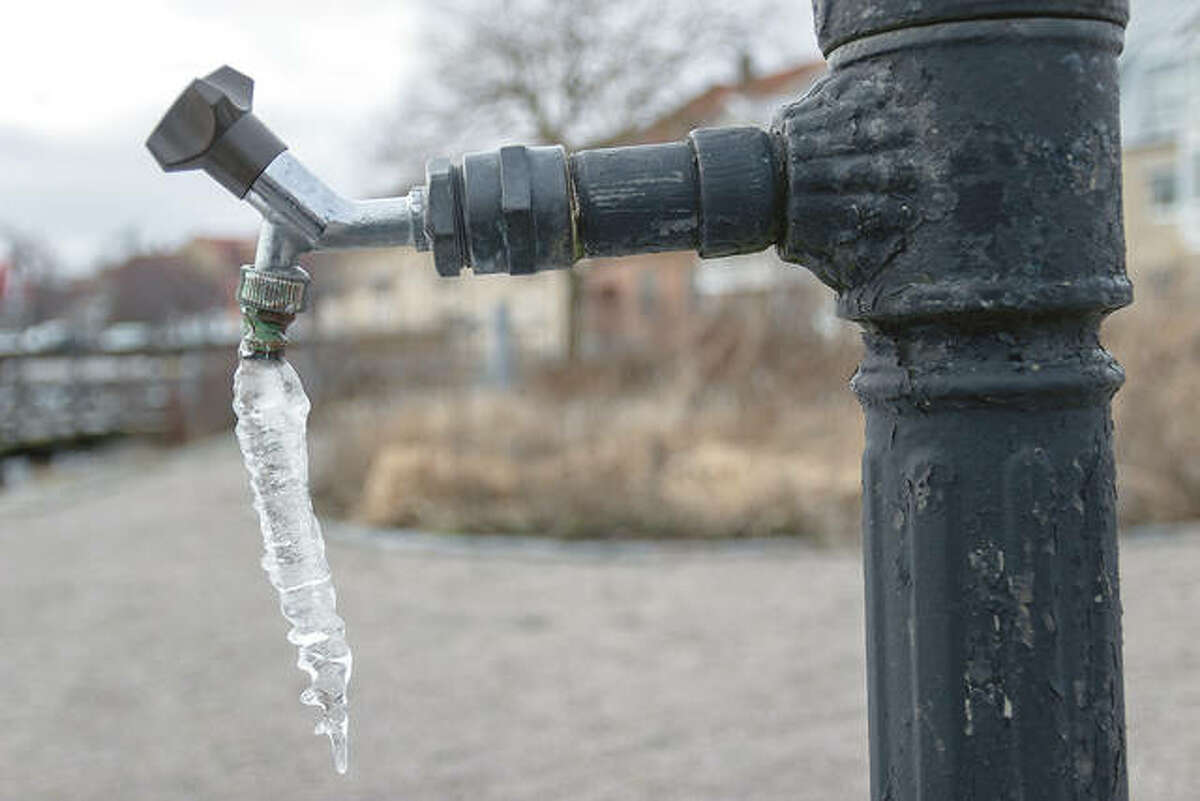Protecting Against Frozen Pipes in Winter: Essential Tips
Protecting Against Frozen Pipes in Winter: Essential Tips
Blog Article
Are you currently in search of info involving How To Avoid Freezing Pipes?

Winter can ruin your plumbing, specifically by freezing pipelines. Right here's exactly how to prevent it from happening and what to do if it does.
Intro
As temperature levels decrease, the risk of icy pipelines increases, possibly causing expensive repairs and water damages. Comprehending exactly how to stop icy pipes is critical for house owners in cold environments.
Understanding Icy Pipes
What triggers pipes to ice up?
Pipelines freeze when revealed to temperatures listed below 32 ° F (0 ° C) for expanded durations. As water inside the pipes ices up, it expands, putting pressure on the pipeline wall surfaces and potentially triggering them to break.
Risks and damages
Icy pipes can result in supply of water interruptions, home damages, and pricey repair services. Burst pipes can flooding homes and cause considerable structural damages.
Signs of Frozen Piping
Determining icy pipes early can avoid them from bursting.
Exactly how to recognize frozen pipes
Seek decreased water circulation from taps, unusual odors or sounds from pipelines, and noticeable frost on exposed pipes.
Avoidance Tips
Shielding vulnerable pipes
Wrap pipes in insulation sleeves or use warmth tape to secure them from freezing temperatures. Focus on pipelines in unheated or exterior locations of the home.
Heating techniques
Maintain interior rooms effectively heated, specifically areas with pipes. Open closet doors to allow cozy air to circulate around pipelines under sinks.
Protecting Outside Pipes
Garden tubes and exterior faucets
Disconnect and drain pipes yard hoses prior to wintertime. Install frost-proof spigots or cover outside taps with shielded caps.
What to Do If Your Pipelines Freeze
Immediate actions to take
If you think icy pipelines, keep faucets open to eliminate stress as the ice melts. Use a hairdryer or towels soaked in hot water to thaw pipes gradually.
Long-Term Solutions
Architectural modifications
Take into consideration rerouting pipelines far from outside wall surfaces or unheated locations. Include additional insulation to attics, basements, and crawl spaces.
Upgrading insulation
Invest in top quality insulation for pipes, attic rooms, and wall surfaces. Correct insulation assists preserve consistent temperature levels and lowers the danger of frozen pipes.
Verdict
Stopping frozen pipes calls for positive measures and fast actions. By understanding the reasons, indications, and preventive measures, house owners can safeguard their pipes during winter.
5 Ways to Prevent Frozen Pipes
Drain Outdoor Faucets and Disconnect Hoses
First, close the shut-off valve that controls the flow of water in the pipe to your outdoor faucet. Then, head outside to disconnect and drain your hose and open the outdoor faucet to allow the water to completely drain out of the line. Turn off the faucet when done. Finally, head back to the shut-off valve and drain the remaining water inside the pipe into a bucket or container. Additionally, if you have a home irrigation system, you should consider hiring an expert to clear the system of water each year.
Insulate Pipes
One of the best and most cost-effective methods for preventing frozen water pipes is to wrap your pipes with insulation. This is especially important for areas in your home that aren’t exposed to heat, such as an attic. We suggest using foam sleeves, which can typically be found at your local hardware store.
Keep Heat Running at 65
Your pipes are located inside your walls, and the temperature there is much colder than the rest of the house. To prevent your pipes from freezing, The Insurance Information Institute suggests that you keep your home heated to at least 65 degrees, even when traveling. You may want to invest in smart devices that can keep an eye on the temperature in your home while you’re away.
Leave Water Dripping
Moving water — even a small trickle — can prevent ice from forming inside your pipes. When freezing temps are imminent, start a drip of water from all faucets that serve exposed pipes. Leaving a few faucets running will also help relieve pressure inside the pipes and help prevent a rupture if the water inside freezes.
Open Cupboard Doors
Warm your kitchen and bathroom pipes by opening cupboards and vanities. You should also leave your interior doors ajar to help warm air circulate evenly throughout your home.

I came across that piece on How To Avoid Freezing Pipes when looking around the web. In case you appreciated our post please consider to pass it around. Thanks a lot for taking the time to read it.
Schedule Appointment Now Report this page